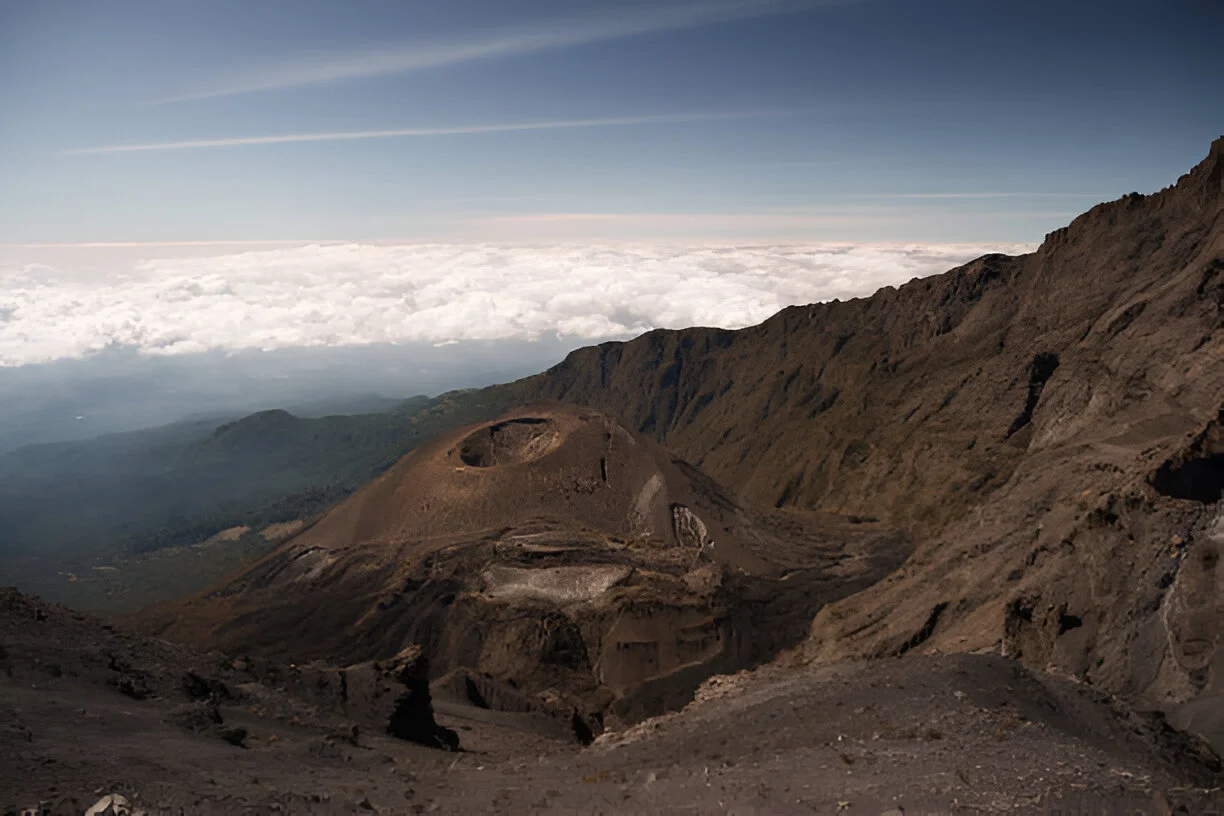Call +255 783 884 129
Tanzania Safari in March is a magical experience filled with color, life, and new beginnings. It’s the last month of the green season before long rains begin in April. The landscapes are vibrant and full of wildlife, especially in the southern Serengeti, where the great wildebeest calving season takes place.
March offers a peaceful atmosphere for those who wish to enjoy the wilderness without the rush of tourists. Lodges are less crowded, photography is at its best, and prices are lower making it one of the most rewarding months for a safari in Tanzania.
The Tanzania Safari in March period provides the perfect balance between great weather and abundant wildlife. The plains of the Serengeti are lush and filled with thousands of newborn wildebeests, zebras, and gazelles. This also attracts predators such as lions, leopards, and cheetahs, offering dramatic scenes for wildlife lovers.
Rain showers are short and refreshing, usually in the late afternoon, leaving most of the day sunny and comfortable for game drives. Temperatures range between 20°C and 28°C, making it a pleasant time for travel.
The Serengeti National Park is the heart of Tanzania in March. This is the season of new life — thousands of wildebeest calves are born every day, and the savannah is green and alive. The Ndutu area, located between Serengeti and Ngorongoro, becomes the best spot for game viewing and photography.
Other destinations such as Ngorongoro Crater, Tarangire National Park, and Lake Manyara also remain excellent, with fewer vehicles and lush environments that attract large groups of elephants, flamingos, and big cats.
March is warm and semi-humid, with occasional light rains. The air is clean, the dust settles, and the scenery becomes beautifully green. It’s an excellent month for nature photography, birdwatching, and cultural experiences in nearby Maasai villages.
Roads are mostly accessible, and professional guides know how to handle wet conditions safely using 4×4 safari jeeps. It’s a great time for couples, families, and photographers who love the charm of Tanzania’s natural renewal.
For photographers, Tanzania Safari in March is paradise. The skies are dramatic, animals are healthy and active, and the light after short rains creates the perfect background for breathtaking shots. The mix of baby animals, green plains, and clear air makes every frame a masterpiece.

Yes. March is one of the best times to see wildlife, especially in southern Serengeti where the wildebeest calving happens.
Rainfall is moderate and usually short, mainly in the afternoon or evening. Most mornings are clear and perfect for game drives.
Absolutely. The wildebeest herds and their newborns are in the Ndutu and southern Serengeti plains, making it a fantastic time to visit.
Yes. March is a quieter month, allowing you to enjoy a peaceful safari experience with less crowded lodges and parks.
Most travelers can obtain a visa on arrival at Kilimanjaro International Airport (JRO) or apply online via the official Tanzania e-visa portal before the trip. Bush Lion Tours provides full guidance and documentation support if you wish to process your visa before arrival.
A tourist visa usually costs $50 USD and is valid for 30 days. For travelers from certain countries such as Iran, Pakistan, or Lebanon, applying online or through the nearest Tanzanian Embassy is recommended to avoid delays. If you choose the visa on arrival, it may take extra time at the airport, so pre-arranging online can save valuable hours upon landing.
Pack light clothes, a waterproof jacket, camera gear, sunscreen, insect repellent, and comfortable shoes for the safari vehicle.
100% local tour company based in Tanzania. We offer Kilimanjaro climbs, wildlife safaris, Zanzibar trips, and cultural tours. Travel with experts. Support local.

© 2025 Bush Lion Tours. All Rights Reserved. | Website by Bush Lion Team 🇹🇿